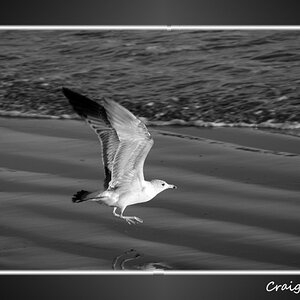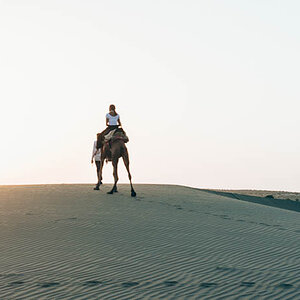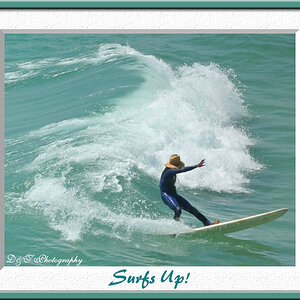- Joined
- Dec 29, 2009
- Messages
- 1,085
- Reaction score
- 213
- Location
- Raleigh, NC
- Can others edit my Photos
- Photos OK to edit
why do you need low iso?
You always want to use the lowest native ISO. In a nutshell higher ISOs allow for faster shutter speed. In the case of long exposure there is no need for fast shutter. Just set the camera to the low/native ISO, select the aperture and adjust the shutter speed accordingly.


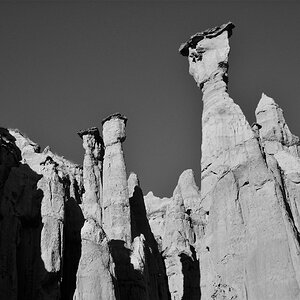
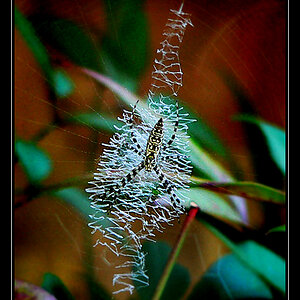
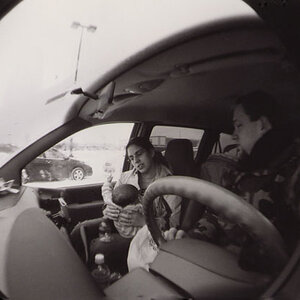
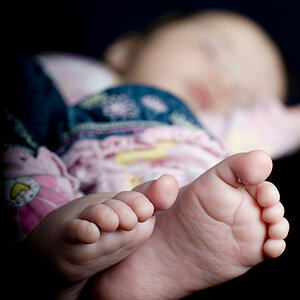
![[No title]](/data/xfmg/thumbnail/42/42471-71fb529e01fae8170cc2a98655bd05e7.jpg?1619740193)
![[No title]](/data/xfmg/thumbnail/37/37634-504722605a418b398f3cd1dbabf936e5.jpg?1619738156)
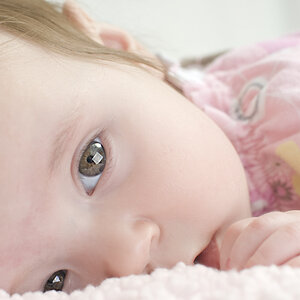
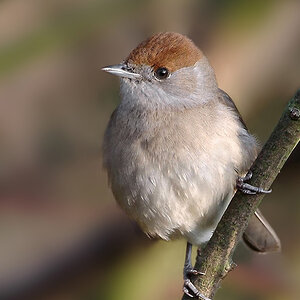
![[No title]](/data/xfmg/thumbnail/42/42475-965e641fd6a3f72e60d9f555233b0aab.jpg?1619740194)
